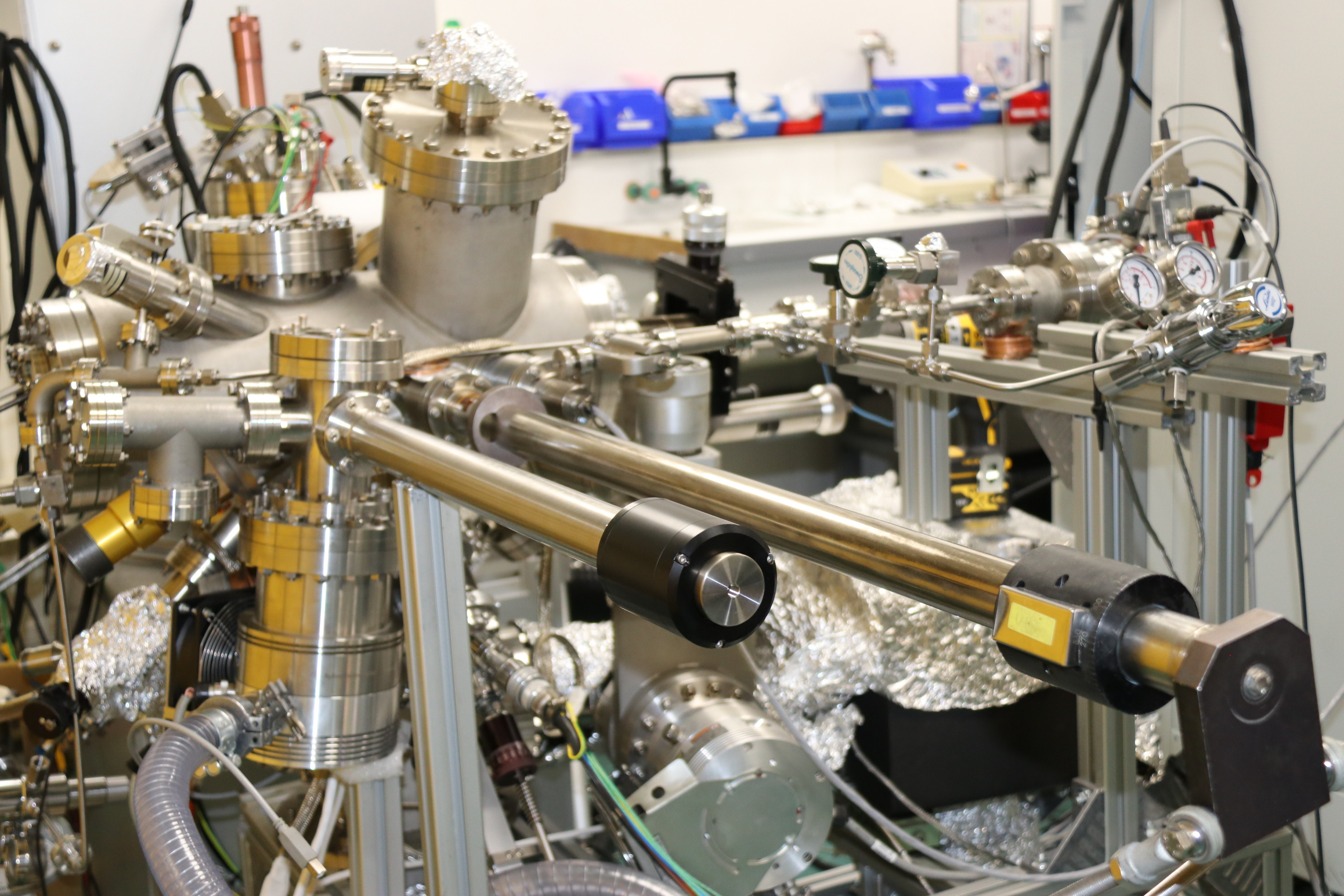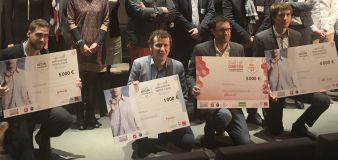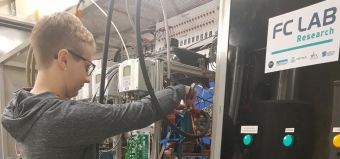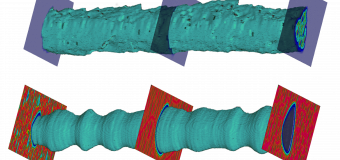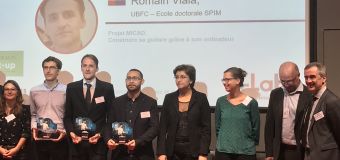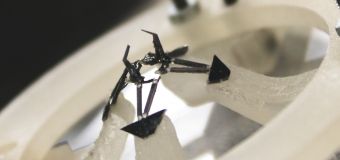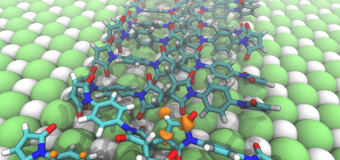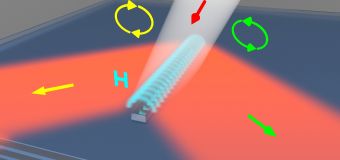You are here
Kagomé structures for quantum technologies
Quantum technologies open up promising prospects, but require the development of new materials with remarkable properties.
Context :
Kagome graphene is a fascinating material made up of carbon triangles arranged in a lattice structure. Its unique electronic properties, such as the presence of flat bands and Dirac points, make it a promising candidate for quantum materials research. These characteristics can give rise to strong electronic correlations and exotic magnetic states. However, due to its intrinsic semiconducting nature, Kagome graphene lacks tunability under an electric field, limiting its potential for applications in electronics and spintronics.
Breakthrough discovery :
A team of researchers from École Polytechnique de Montréal (Canada), the University of Basel (Switzerland), and FEMTO-ST (France) has successfully modified Kagome graphene by introducing π-radicals, creating localized magnetic states.
Their approach involved synthesizing a carbonyl (C=O)-functionalized version of Kagome graphene, which was then exposed to atomic hydrogen. A subsequent thermal treatment transformed the carbonyl groups into CH radicals, effectively generating unpaired electrons that induce magnetism.
Advanced characterization techniques, including atomic force microscopy (AFM) and scanning tunneling spectroscopy (STS), confirmed the formation of these magnetic states and the emergence of new low-energy electronic states.
Scientific impact and future perspectives :
This study demonstrates that chemical functionalization of Kagome graphene allows the creation of tunable electronic states, opening new possibilities for investigating topology, magnetism, and electron correlations. By increasing the density of radicals, the researchers observed the reappearance of Dirac cones and flat bands near the Fermi level, suggesting that a fully functionalized version of Kagome graphene could become metallic—a breakthrough that was previously challenging to achieve.
These findings lay the foundation for advanced quantum materials with applications in spintronics and quantum computing. Controlling the density and distribution of radicals could lead to nano-scale spin manipulation, a key step toward the development of next-generation electronic devices.
The next phase of research will focus on optimizing the synthesis process to achieve a fully functionalized Kagome graphene, while further exploring the interaction between these new electronic states and phenomena such as superconductivity.
Publications and futher information :
This work has been published in ACS Nano, featuring on the cover of the February 2025 issue
open acess article : On-Surface Synthesis and Characterization of Radical Spins in Kagome Graphene
Authors : Rémy Pawlak, Khalid N. Anindya, Outhmane Chahib, Jung-Ching Liu, Paul Hiret, Laurent Marot, Vincent Luzet, Frank Palmino, Frédéric Chérioux, Alain Rochefort, and Ernst Meyer
DOI: 10.1021/acsnano.4c15519
Contacts :
Dr Frédéric CHERIOUX, frederic.cherioux@femto-st.f
Dr Rémy PAWLAK, remy.pawlak@unibas.ch



